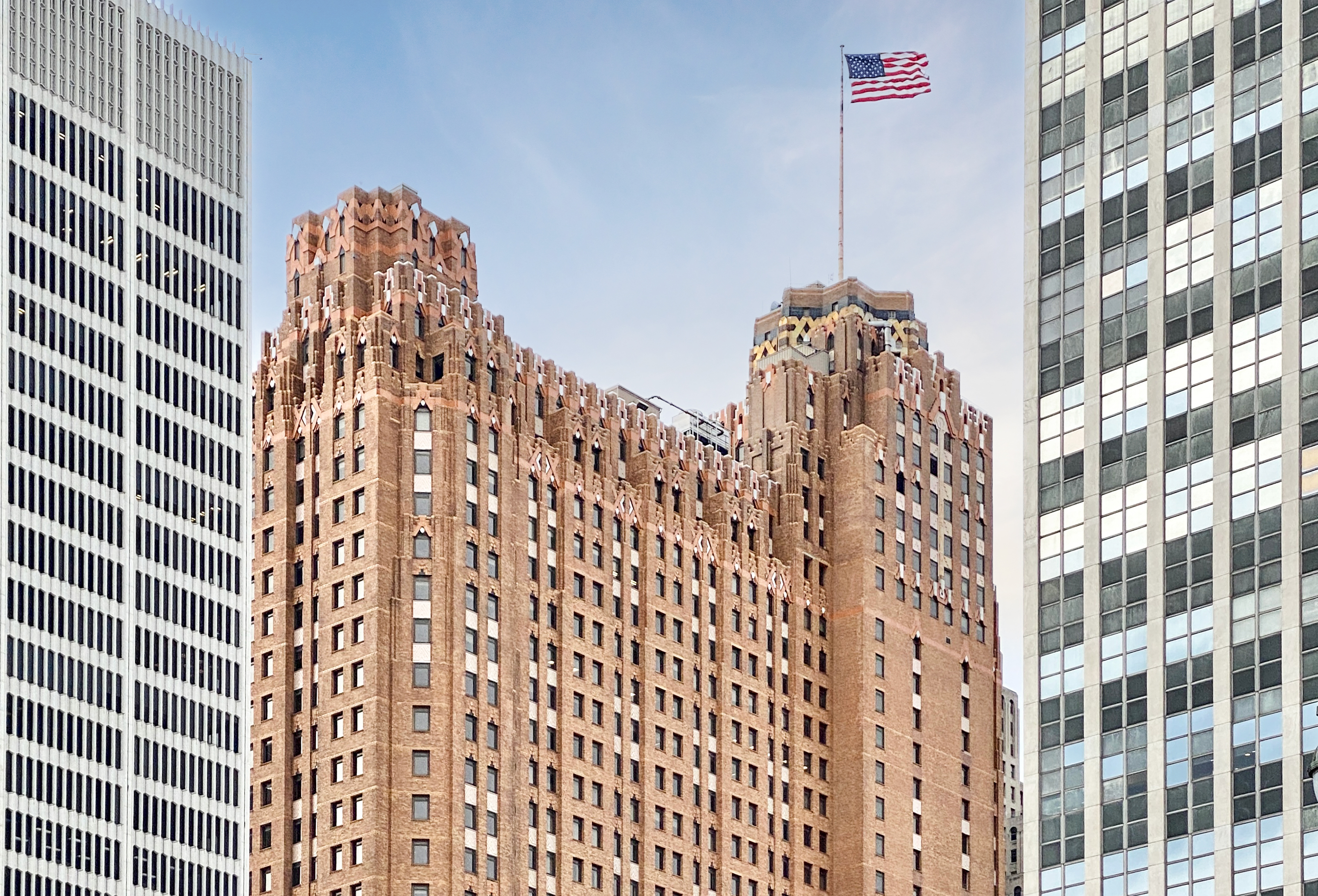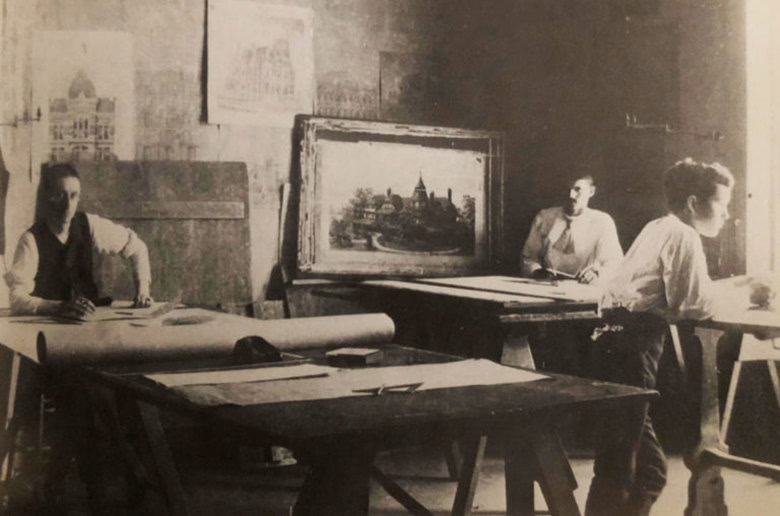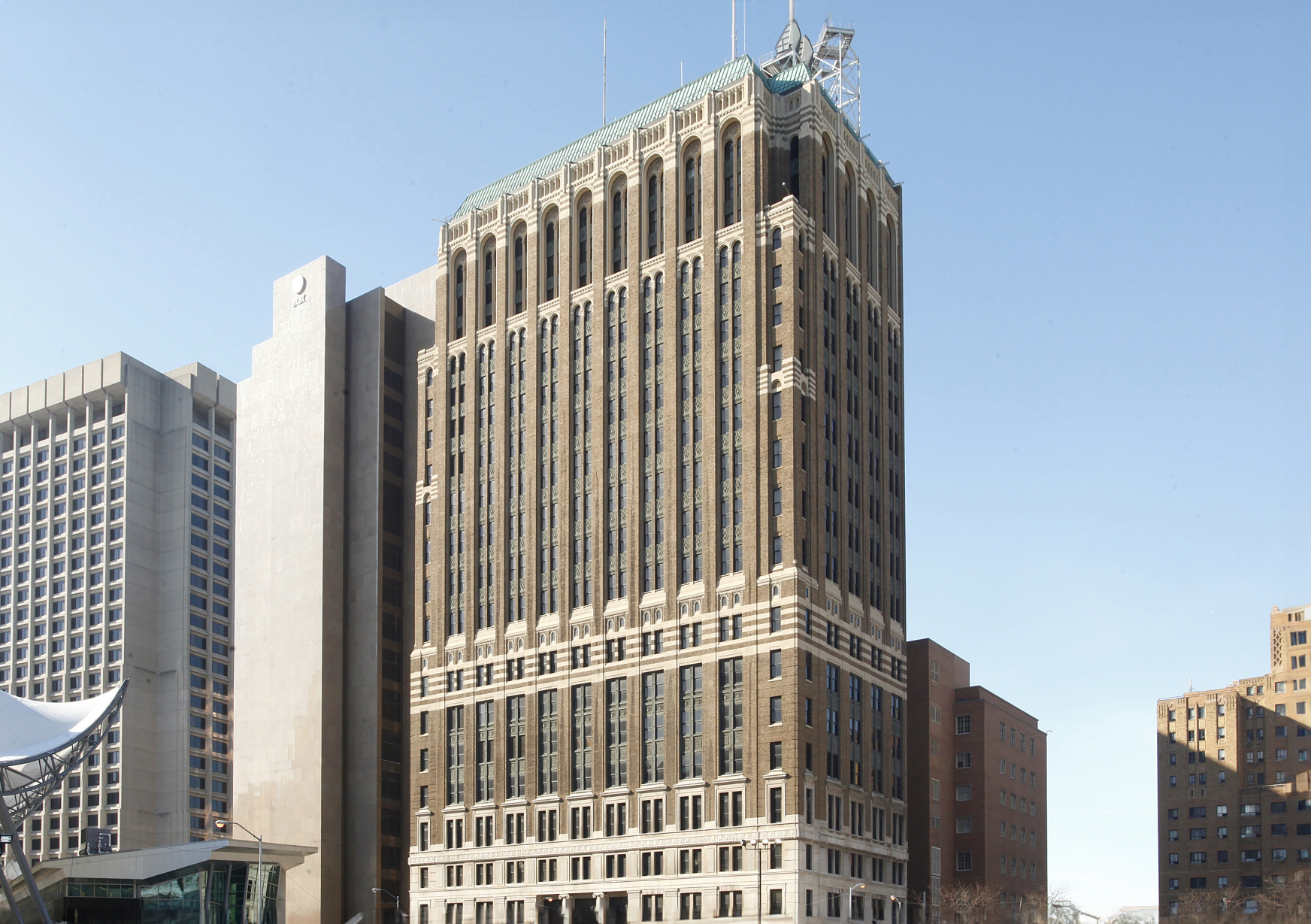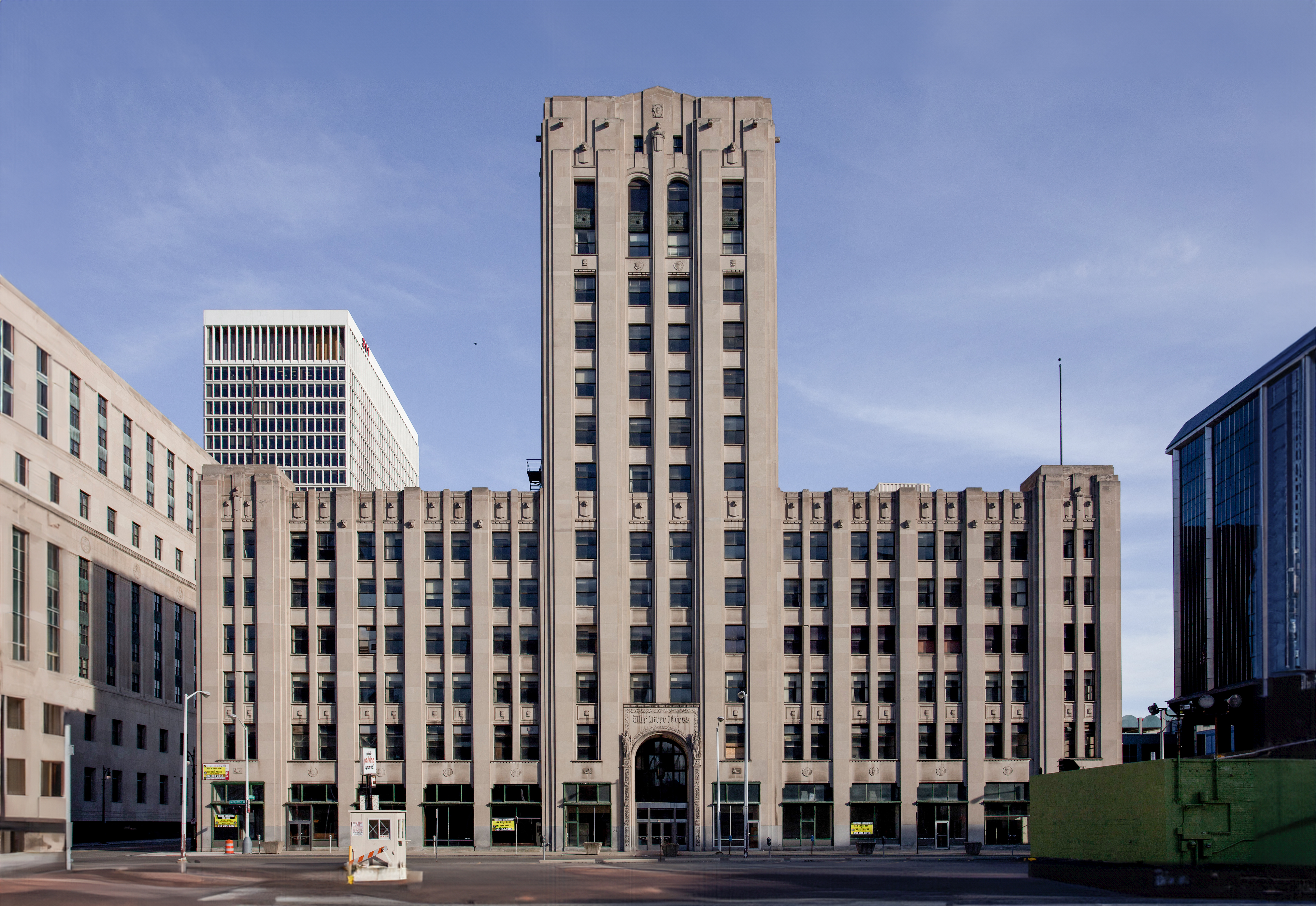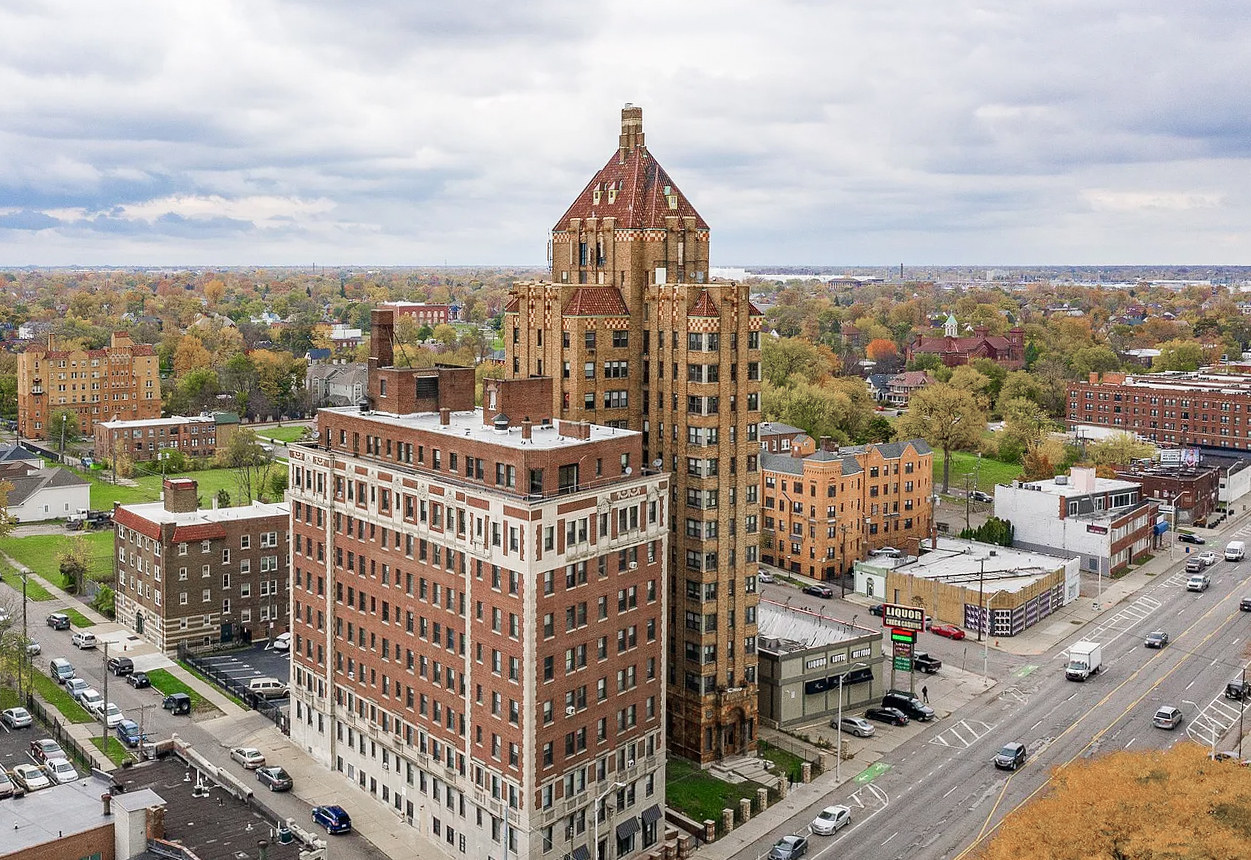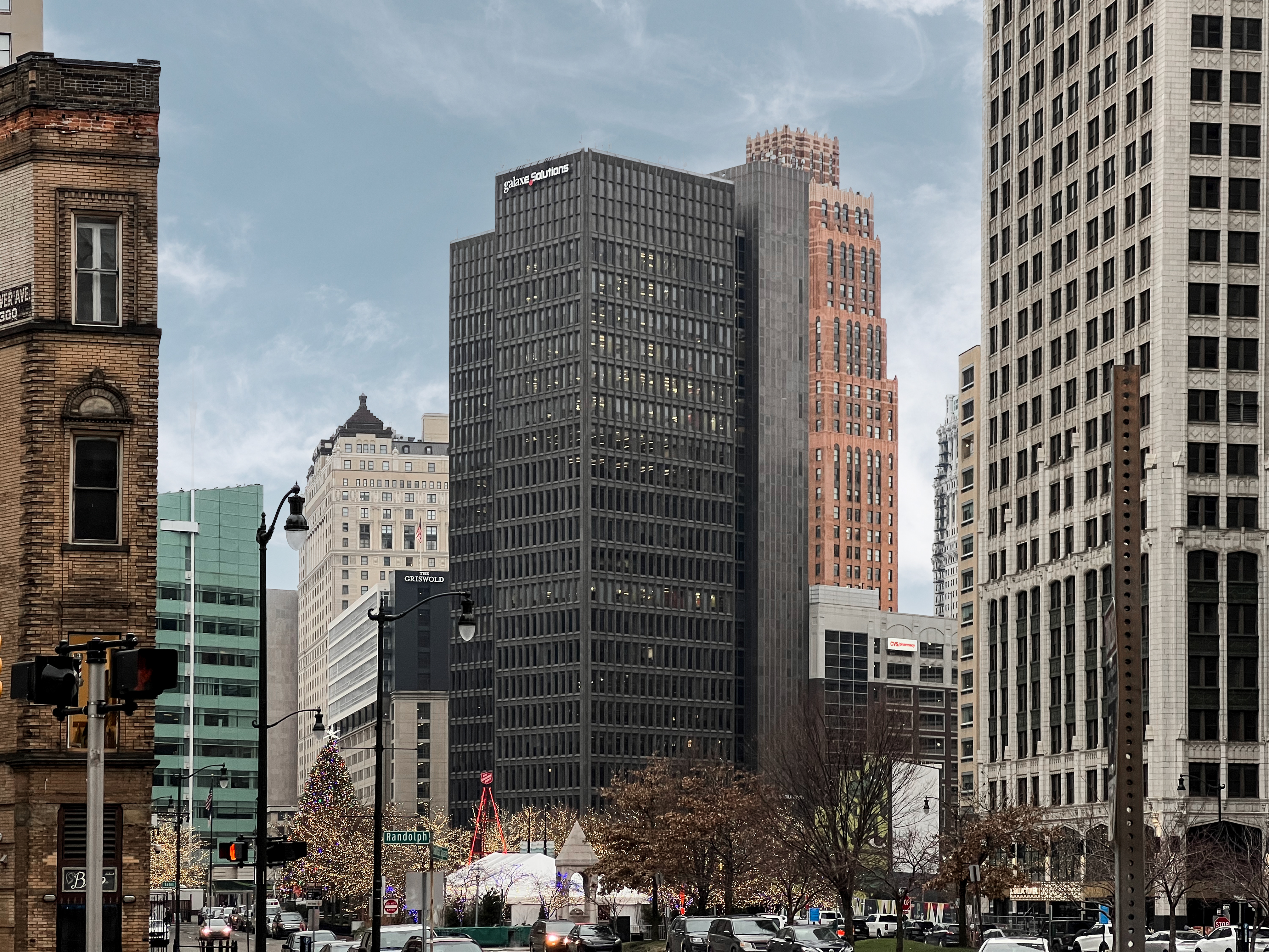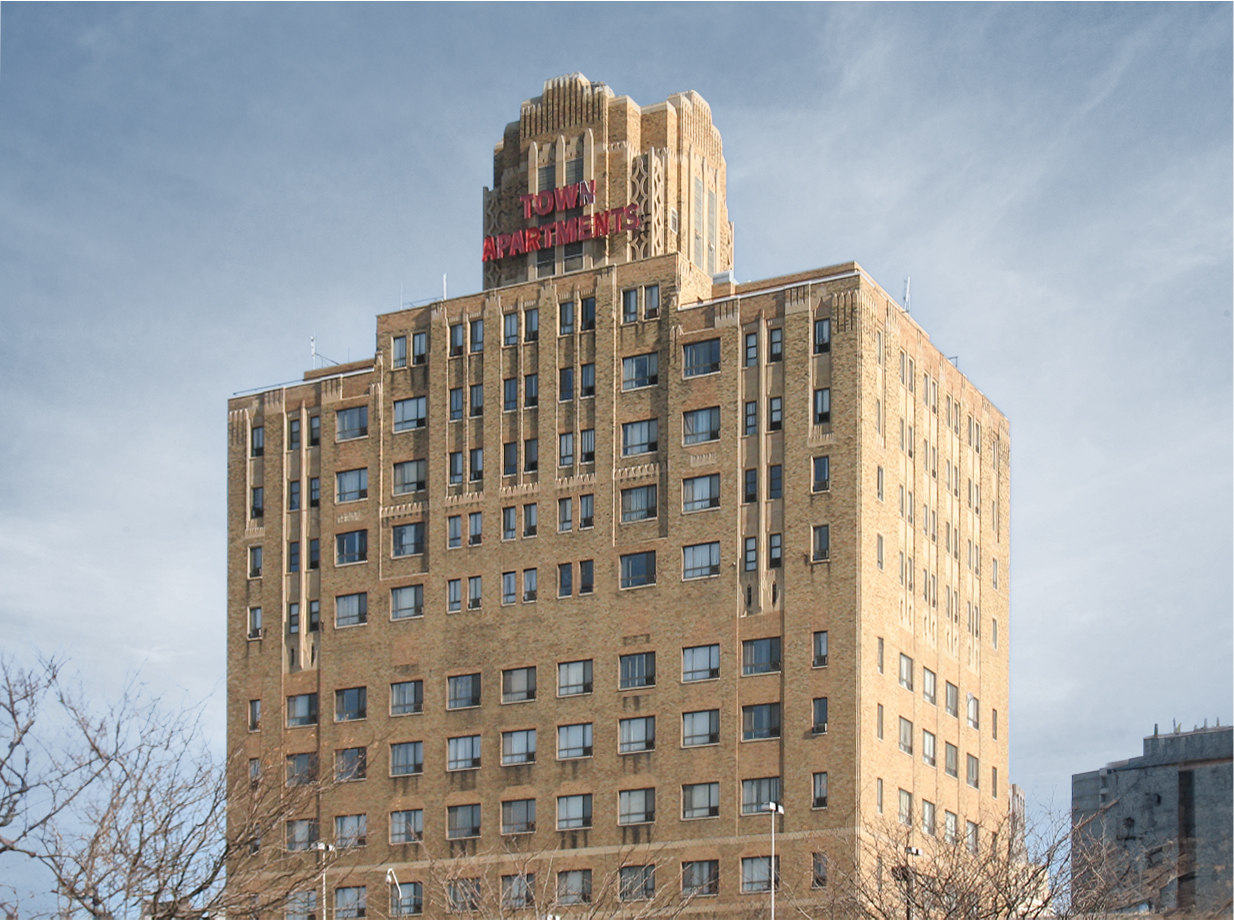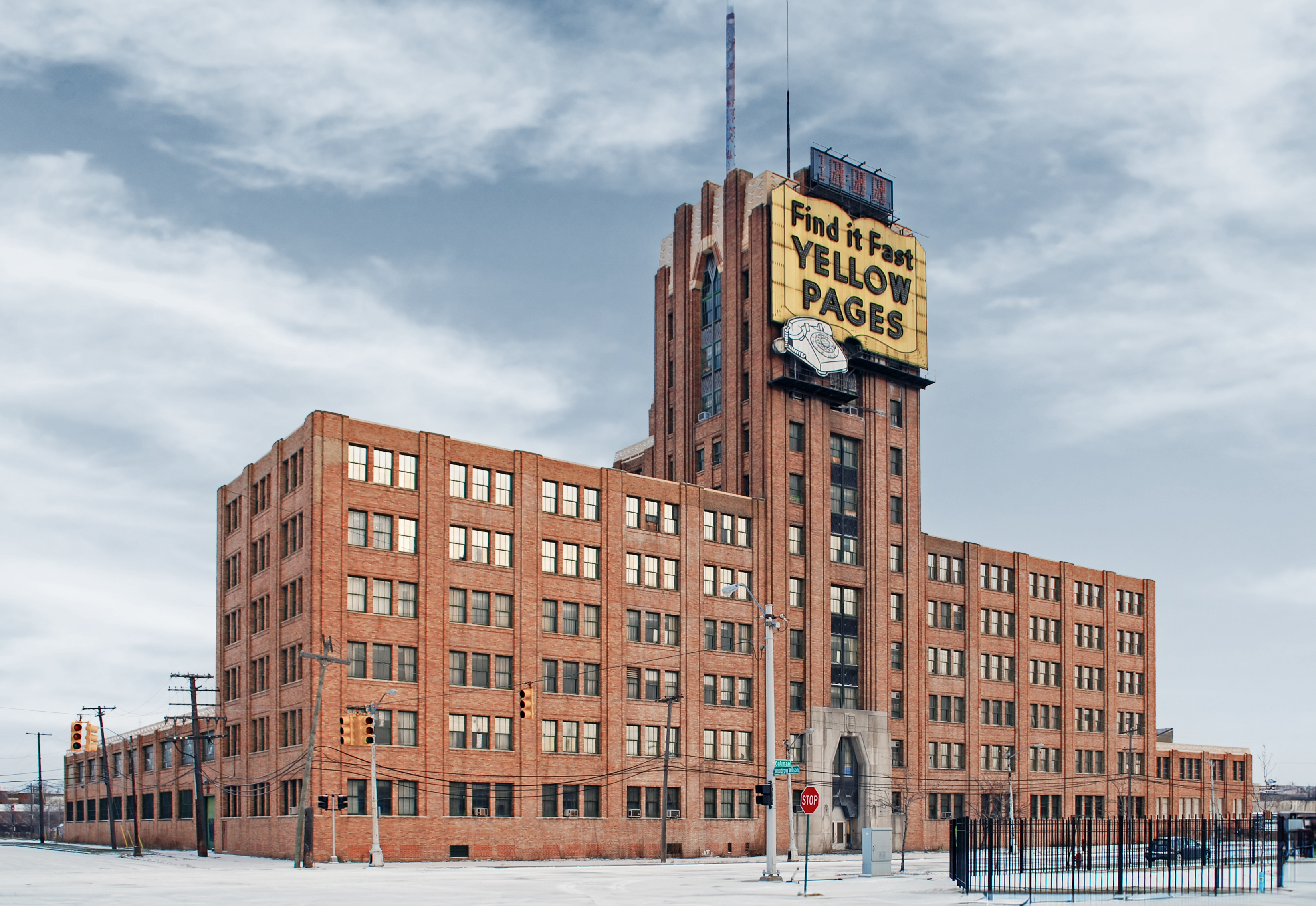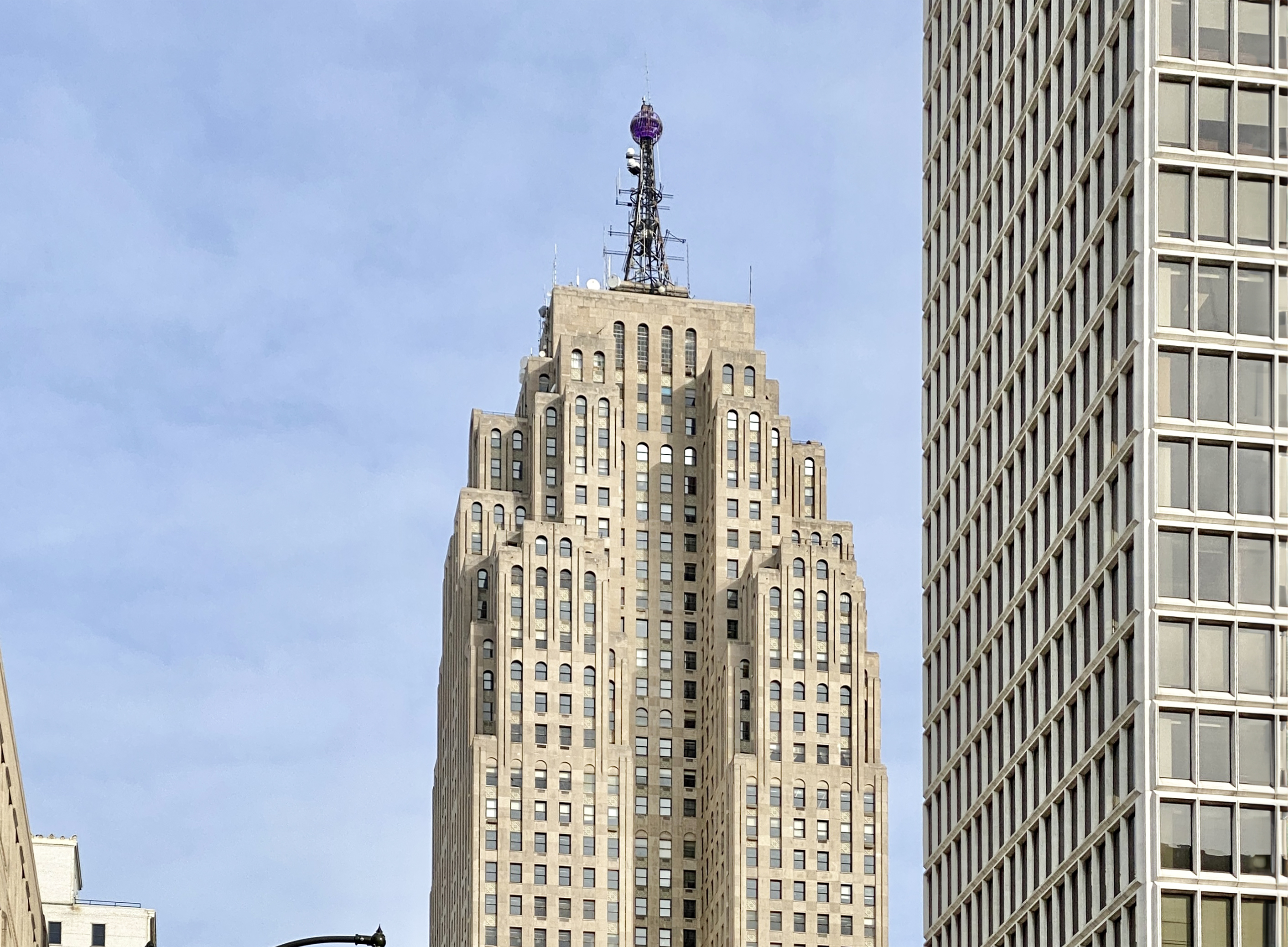The Guardian Building is an Art-deco skyscraper designed by Smith, Hinchman & Grylls, and built between 1927 and 1929 in Detroit, MI.
Guardian Building is not the only name you might know this building by though. It is common for companies to want to attach their names to iconic buildings when they move in, or for the general public to come up with nicknames, and this one is no exception. The Guardian Building is also known, or has been known as, Union Trust Building, or Cathedral of Finance.
Its precise street address is 500 Griswold Street, Detroit, MI. You can also find it on the map here.
The Guardian Building is a structure of significant importance both for the city of Detroit and the United States as a nation. The building embodies the distinctive characteristic features of the time in which it was built and the Art Deco style. Because of that, the Guardian Building was officially declared as a national landmark on June 29th 1989, and was included in the National Register of Historic Places on June 29th 1989.
At the time of its completion in 1929 the Guardian Building incorporated solutions that were quite advanced at the time, these included the first elevator system that automatically opened the cabin doors upon reaching the designated level.
The building has been restored 2 times over the years to ensure its conservation and adaptation to the pass of time. The main restoration works happened in 1986 and 2003.
